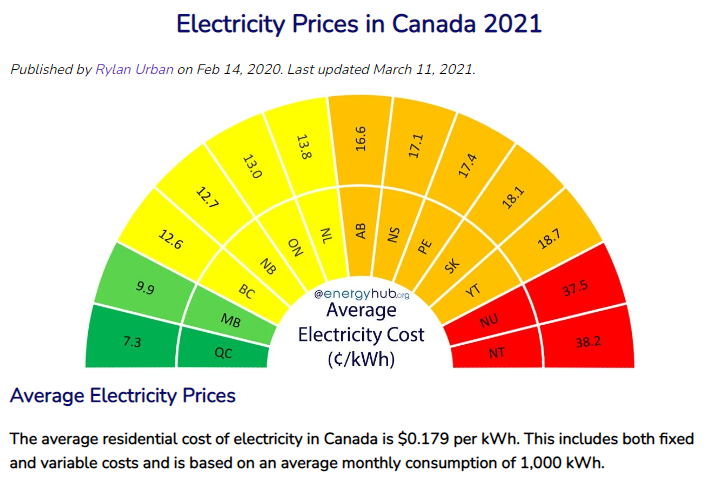
This falls into the “personal action” category of things you can personally control and do to fight Climate Change.
We need to stay warm in cold weather (or cool in hot weather) to survive. It’s a matter of safety and also a matter of comfort. Technology keeps giving us improved ways to heat our homes. Originally it was fires, then fireplaces, then coal furnaces, then oil furnaces, then gas furnaces, electric radiators and now, quite possibly the best heating method, electric heat pumps.
Heat pumps are an incredible 300% efficient, which sounds impossible until you learn that they don’t “create heat” from electricity, they steal it. They simply pump the heat from outside where it is cold to the inside of your house where you stay nice and warm. And magically, in summer time they can reverse the process and pump the extra heat out of your house to help keep your family cool. This is why they are so very energy efficient. More efficient than a 100% efficient electric baseboard and more efficient than anything that burns fuel. At this point, for efficiency, they just can’t be beaten and the race isn’t even close.
That efficiency is important in order for them to be cost-effective. In North America, electricity can be quite expensive, ranging from a very high $0.35 / KWH in Hawaii to $0.07 in Quebec. At this time, not only are electric heat pumps more efficient than burning fossil fuels for heat, they are more cost-effective to run. So if you like saving energy on principle Get a heat pump. And if you like having lower monthly expenses? Get a heat pump. So that electricity mix has some interesting implications. The lower the carbon it is, the lower the price per KWH that comes out of your wallet.

Would it work in my house? How would it get installed? Well, the installation only takes a single day, and Yes it will fit in your house. First let me explain that there are 2 parts to a heat pump, a part that sits outside, and a part that sits inside your house. Between those parts, there are pipes that carry the “coolant” that transfers the heat and wires that control the system. If you have ducts in your house because you have a forced air furnace, the inside part replaces your furnace’s burner and you continue to enjoy that nice warm air blowing through the ducts in your house. If on the other hand, you don’t have ducts because you have baseboard heating, you want a ductless unit. These units sit on the wall or are recessed in the ceiling where they deliver the air directly into your living space.
But isn’t this just displacing the pollution from burning it in my home to some smokey power plant down the road? Well not really in Canada where most of our electricity is from low-carbon sources and usually not from coal (cough cough Nova Scotia) or fossil gas (cough cough Alberta) (we’ll leave Yukon and Nunavut alone for now). In fact, only 19% of Canadian electricity is produced by burning fossil fuels or wood.

By shifting to cleaner electricity with a heat pump, your family is one step closer to kissing that “gas bill” goodbye. (if you don’t use fossil gas, you don’t need to pay for fossil gas). But more importantly, you will reduce pollution in your neighbourhood. (yes, you might not see it but your furnace is spewing CO2 outside. And (I’ll speak of this because it affected a close relative) you can avoid your family being poisoned by a leaking/faulty gas furnace. And you will stop contributing so much to climate change because you aren’t emitting the Greenhouse gasses that cause it.
OK, fine you say, sure a heat pump sounds cool! (and warm) but is it noisy? (no) Can it handle Canadian weather (new units remain effective to -25C, below which cold weather heat pump models use auxiliary electric heating.) Will my friends think I’m cool? (yes) What about the mining of lithium cobalt and exotic metals? (That’s not heat pumps, you are thinking of Lithium batteries)
So make a plan to replace your fossil fuel heating with an electric heat pump. Make your NEXT heating appliance a heat pump. And if you live in BC, there are up to $11,000 in rebates and incentives between the provincial, federal and municipal governments. There are also interest-free loans available under the federal “Greener Homes” program. Judging from conversations with the folks who installed our heat pump. There is a steady interest in these units, keeping the heating companies busy.
Stay warm! Save money! End your oil addiction & fight Climate Change.
